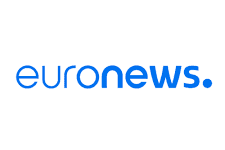Global perspectives: EMBA students gain business insights through international immersion
Topic: Management
Strategic Impact Initiatives Can Make Your Business Stronger
Harvard Business Review
Do you just want to do it or are you able to do it?
Manager Magazin
Is there a better way to break up with your supplier?
Vogue Business
S3 E2: IBM’s Nickle LaMoreaux on how AI helped HR put people first
California Management Review
How to provide customer experience during a crisis
Customer Experience Dive
Madison entrepreneurs tap potential of AI
Madison Magazine
How to inspire people
The Economist
















